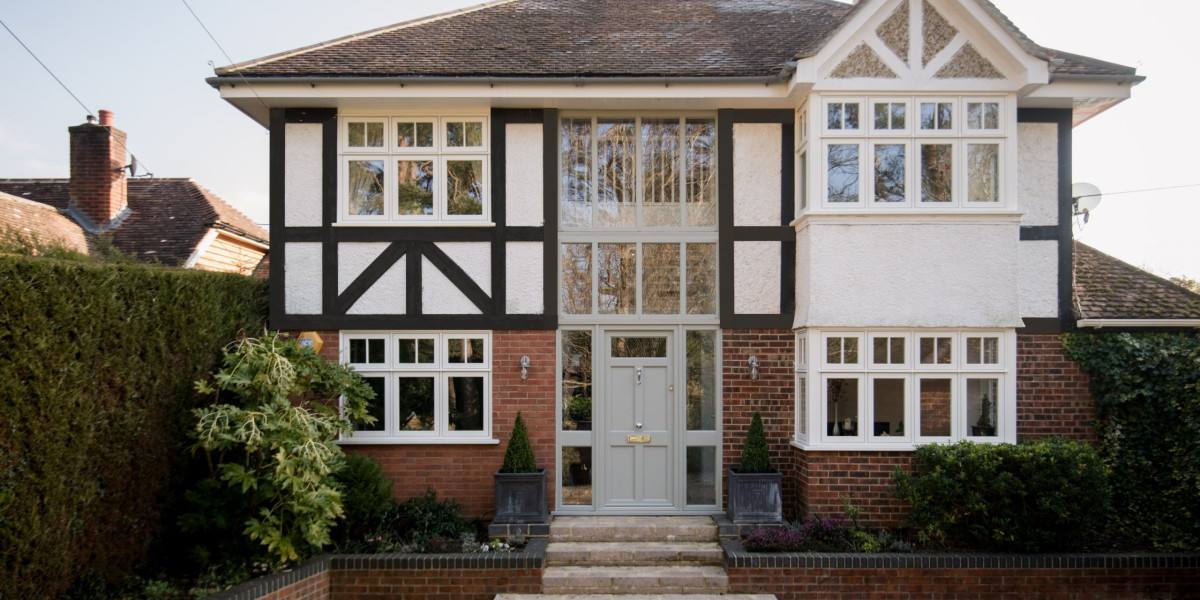The best lens for landscape photography stands out with outstanding optical performance, reasonable focal length coverage, reliable durability, and practical auxiliary functions, which can meet the needs of shooting various landscape scenes such as vast mountains and tiny ice flowers. Here are its detailed characteristics:
- Excellent optical performance
- Outstanding overall sharpness: Landscape photos often need to show both the grand scene and delicate details like rock textures and leaf veins. Top - tier landscape lenses maintain high sharpness from the center to the edges of the frame. Even when the aperture is narrowed to f/8 - f/11 (a common aperture range for landscape shooting), they can still present clear images. Moreover, they can adapt to high - resolution cameras, avoiding the exposure of optical flaws due to the camera's high pixel count.
- Minimal distortion and chromatic aberration: Landscape shots frequently include straight lines such as horizons and mountain ridges. High - quality lenses adopt special optical designs and use materials like low - dispersion glass or fluorite glass to minimize barrel distortion or pincushion distortion. Usually, the barrel distortion of wide - angle lenses can be controlled below 1.5%. Meanwhile, these materials can also reduce color fringing when shooting scenes like waterfalls against bright light or mountains in dark backgrounds, ensuring pure and accurate colors.
- Good contrast performance: best lens with excellent micro - contrast can distinguish subtle structures in the landscape, such as the layers of grass blades and the texture changes of rocks. This ability can make the photo more vivid and layered, avoiding the problem of a flat and dull picture.
- Practical focal length coverage
- Wide-angle and ultra-wide-angle dominance: Focal lengths ranging from 14mm to 35mm are the most commonly used in landscape photography. Ultra - wide - angle lenses (14 - 24mm for full - frame) can capture grand scenes such as boundless grasslands and magnificent canyons, and enhance the spatial depth and visual impact of the picture. Classic wide - angle lenses (24 - 35mm) can present a natural perspective, which is suitable for shooting daily and realistic landscape works.
- Medium - focal length versatility: best lens with a focal length of 35 - 70mm have a perspective close to that of the human eye. They are suitable for shooting compact and refined partial landscapes, and are also convenient for composition when photographers cannot move freely. For example, the 24 - 105mm f/4 lens is small and lightweight, and its wide focal length range can meet the needs of shooting both wide - angle scenes and nearby small scenes during travel.
- Telephoto for simplifying the picture: best lens with a focal length of more than 70mm, especially the 100 - 400mm range, can zoom in on distant scenery and exclude interfering elements around the subject. They are very suitable for shooting partial landscapes such as desert light and shadow and terraced layers, helping photographers create concise and focused compositions.
- Durable and portable design
- Weatherproof and dustproof performance: Landscape photography is often carried out in outdoor environments such as mountains, forests, and deserts, where there may be rain, dust, and other harsh conditions. High - end landscape lenses are usually equipped with a weather - sealed structure, such as a magnesium alloy lens barrel with rubber gaskets. This structure can effectively prevent moisture and dust from entering the lens, ensuring stable performance even in moderate rain.
- Balanced portability: For landscape photographers who often hike or travel long distances, the weight and volume of the lens are crucial. Many high - quality landscape lenses achieve a balance between performance and portability. For example, medium - focal - length zoom lenses with an f/4 aperture are smaller and lighter than f/2.8 aperture lenses, making them easy to carry without compromising image quality when the aperture is narrowed.
- Useful auxiliary functions
- Effective image stabilization: Some landscape best lens are equipped with optical image stabilization (OIS) or vibration reduction (VR) functions. This is very helpful when shooting in low - light environments such as dusk or forests, or when using a telephoto lens without a tripod. It can reduce the impact of hand shake on the picture and ensure the sharpness of long - exposure shots.
- Stable aperture and silent focusing: Fixed - aperture zoom best lens (such as f/2.8 or f/4) can maintain consistent exposure when adjusting the focal length, which is convenient for photographers to control the shooting parameters. In addition, silent autofocus not only avoids disturbing the surrounding environment but also helps photographers focus accurately when shooting scenes that require quietness, such as forest landscapes.






